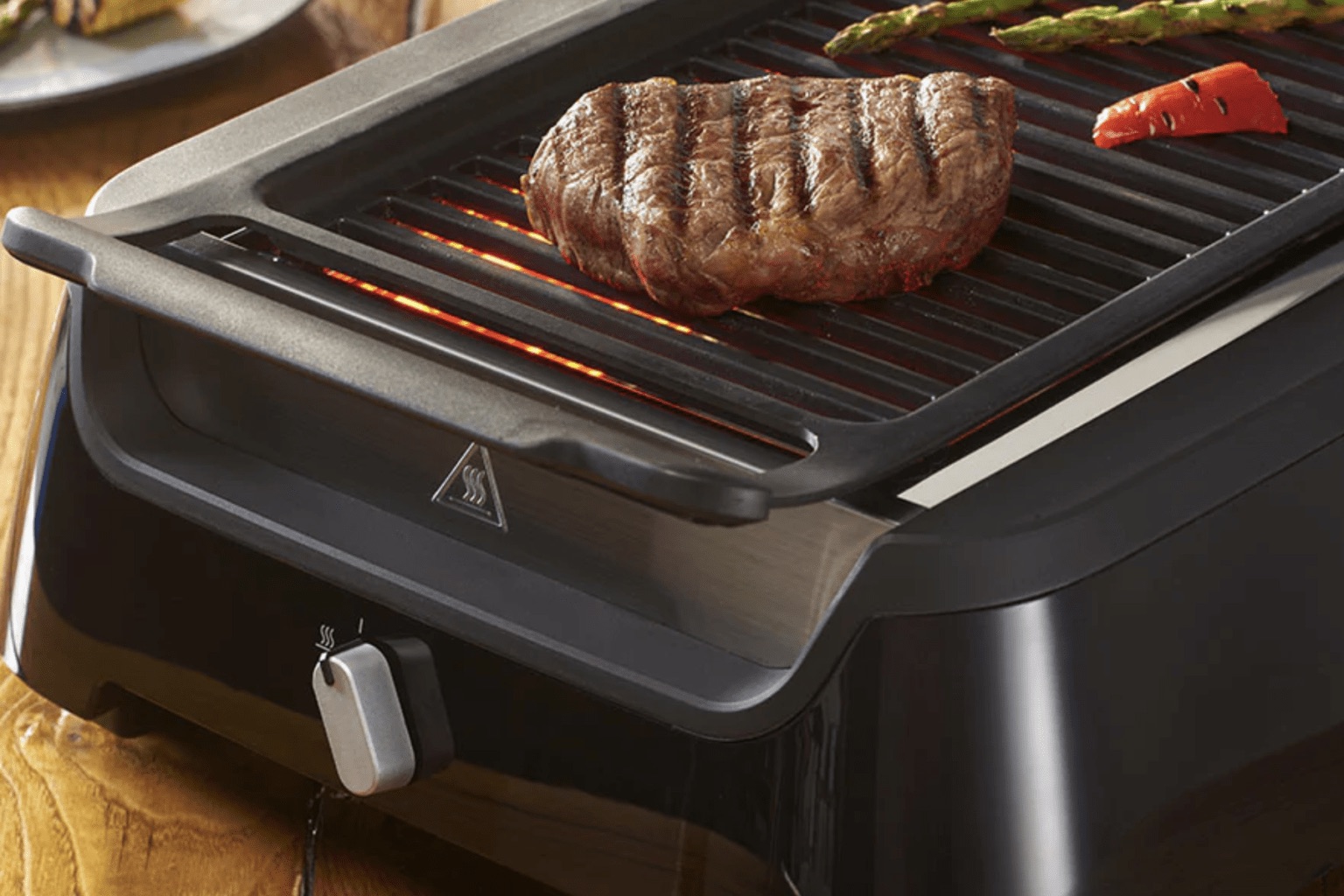

Articles
What Is Infrared Grill
Modified: September 2, 2024
Discover the benefits and features of infrared grilling in this informative article. Learn how infrared grills work and why they are becoming a popular choice for outdoor cooking.
(Many of the links in this article redirect to a specific reviewed product. Your purchase of these products through affiliate links helps to generate commission for Storables.com, at no extra cost. Learn more)
Introduction
Welcome to the world of infrared grills! If you’re a grilling enthusiast or someone who simply loves the taste of perfectly cooked food, then you’re in for a treat. Infrared grills have taken the grilling game to a whole new level with their innovative technology and superior cooking capabilities.
So, what exactly is an infrared grill? Simply put, it’s a type of grill that uses infrared radiation to cook food. Unlike traditional grills that rely on convection and conduction heat, infrared grills generate intense heat through special burners or heating elements.
Why is this important? Well, it all comes down to the way infrared heat interacts with food. The high heat generated by the infrared grill sears the food quickly, locking in the juices and creating a delicious caramelized crust on the outside. This results in food that is not only incredibly flavorful but also cooked evenly and in a shorter amount of time.
One of the key advantages of infrared grills is their ability to reach higher temperatures much faster than traditional grills. This means you can start grilling within minutes, saving you valuable time especially when you have hungry guests waiting to be served.
Moreover, the intense heat produced by infrared grills allows for greater control over the cooking process. Whether you want to sear a steak to perfection or achieve a crispy skin on your chicken, an infrared grill can effortlessly deliver the desired results.
Another benefit of infrared grills is their fuel efficiency. Due to their superior heat transfer capabilities, these grills require less fuel to achieve the same results as a traditional grill. This not only saves you money in the long run but also reduces the environmental impact.
However, as with any cooking appliance, infrared grills also have their drawbacks. While the high heat may be advantageous for quick cooking, it can be challenging to achieve lower temperature cooking for delicate foods or slow-cooked dishes. Additionally, because infrared grills cook food at high temperatures, there is a higher risk of overcooking if not monitored closely.
In the following sections, we will explore the inner workings of infrared grills, delve into their benefits and drawbacks, and discuss the key factors to consider when choosing an infrared grill. We will also provide some tips on how to use and maintain your infrared grill to ensure years of deliciously grilled meals.
So, grab your apron and get ready to elevate your grilling game with the powerful and efficient cooking capabilities of an infrared grill!
Key Takeaways:
- Infrared grills offer rapid preheating, powerful searing, and fuel efficiency, making them a popular choice for grilling enthusiasts. However, they require attentive cooking due to high heat levels and limited temperature control.
- When choosing an infrared grill, consider factors such as cooking area, heat output, construction quality, and additional features. Regular cleaning and maintenance are essential to ensure optimal performance and longevity.
How Does an Infrared Grill Work?
An infrared grill incorporates advanced technology to create a powerful and efficient cooking experience. Instead of relying on traditional heat transfer methods like convection or conduction, infrared grills use infrared radiation to cook food.
The main component of an infrared grill is the burner or heating element, which is designed to emit and distribute infrared heat evenly across the grill grates. These burners typically consist of ceramic plates or stainless steel mesh that are heated to extremely high temperatures.
When you turn on an infrared grill, the burner or heating element begins to generate intense heat. The heat is then transferred to the ceramic plates or stainless steel mesh, which in turn emit infrared radiation. This radiant heat directly reaches the food on the grates, searing and cooking it quickly and efficiently.
Unlike traditional grills, which rely on hot air circulation to cook food, infrared grills directly heat the food’s surface. This not only speeds up the cooking process but also helps to retain the natural juices and flavors of the food.
The infrared heat produced by the grill also creates a unique cooking environment. It can reach extremely high temperatures, sometimes even exceeding 1000 degrees Fahrenheit (537 degrees Celsius). This intense heat allows for quick searing and browning on the outside of the food while locking in moisture and ensuring even cooking.
Moreover, the infrared radiation emitted by the grill doesn’t heat the surrounding air. This means that the cooking surface remains hot while the air around it stays relatively cool. As a result, the risk of flare-ups and charring is significantly reduced, leading to a more controlled and precise cooking experience.
It’s important to note that not all infrared grills function the same way. Some models utilize single-stage infrared burners, while others feature dual-stage or even hybrid burners that combine infrared technology with traditional burners. These variations allow for greater flexibility in cooking different types of food and achieving various cooking styles.
Overall, the infrared grill’s unique cooking method provides a host of benefits, including faster cooking times, better heat distribution, superior searing capabilities, and enhanced flavor retention. Whether you’re grilling steaks, burgers, vegetables, or even delicate seafood, an infrared grill can deliver the perfect results every time.
Benefits of Using an Infrared Grill
Using an infrared grill can revolutionize your grilling experience and take your culinary skills to new heights. Here are some of the key benefits of using an infrared grill:
- Rapid Preheating: One of the major advantages of an infrared grill is its ability to reach high temperatures quickly. Infrared burners can heat up within minutes, allowing you to start cooking almost instantly. This is particularly useful when you’re short on time or hosting a gathering with hungry guests.
- Even Heat Distribution: Infrared grills provide uniform heat distribution across the cooking surface. The intense infrared radiation ensures that every part of the grill grate receives the same level of heat, resulting in consistent and evenly cooked food.
- Powerful Searing: Infrared grills are masters at achieving a perfect sear. The high heat generated by the infrared burners quickly caramelizes the outer layer of the food, creating a flavorful crust while locking in the natural juices. This is particularly beneficial for steaks, burgers, and other cuts of meat.
- Efficient Fuel Usage: Infrared grills are fuel-efficient due to their ability to generate and maintain high temperatures with less fuel. The infrared heat delivers intense and direct heat to the food, reducing cooking times and minimizing fuel consumption. This not only saves you money but also makes them more environmentally friendly.
- Moisture Retention: The rapid and intense heating process of infrared grills helps seal in the moisture of the food, resulting in juicy and tender meats. This makes it an excellent choice for grilling delicate fish, poultry, or vegetables without the risk of drying them out.
- Reduces Flare-Ups: Infrared grills significantly reduce the occurrence of flare-ups compared to traditional grills. The infrared heat directly cooks the food’s surface without the need for hot air circulation or fat drippings, minimizing the chances of flames and excessive charring.
- Ease of Cleaning: Cleaning an infrared grill is typically easier compared to traditional grills. The intense heat helps burn off food remnants and grease, making it easier to remove them from the grates. Additionally, many infrared grills come with removable trays and simple designs that simplify the cleaning process.
- Versatility: Infrared grills offer a wide range of cooking options. They can sear, grill, roast, and even bake, allowing you to prepare a variety of dishes on a single appliance. Some infrared grills also come with additional features like rotisseries or smoking capabilities, further expanding your culinary possibilities.
By harnessing the power of infrared heat, these grills provide a convenient and efficient way to achieve professional-level grilling results right in your backyard. Whether you’re a seasoned grilling enthusiast or just starting out, an infrared grill can elevate your cooking game and bring out the best flavors in your favorite foods.
Drawbacks of Using an Infrared Grill
While infrared grills offer many advantages, it’s important to be aware of their drawbacks as well. Here are some of the potential downsides associated with using an infrared grill:
- High Heat: The intense heat generated by infrared grills can be a double-edged sword. While it allows for quick and efficient cooking, it can also be challenging to achieve lower temperature cooking. This can be a disadvantage when you’re cooking delicate foods or dishes that require slow and gradual cooking.
- Risk of Overcooking: Due to the high heat levels, there is a greater risk of overcooking if not monitored closely. The intense infrared radiation can quickly dry out or burn food if left unattended for too long. It’s essential to keep a close eye on your food and adjust the cooking time and temperature accordingly.
- Limited Temperature Control: Infrared grills may have limited temperature control options compared to traditional grills. While they excel at high-temperature searing, achieving precise temperature adjustments for different cooking techniques can be challenging. Some models may lack adjustable burners or temperature dials, limiting your control over the cooking process.
- Potential Maintenance Issues: The intense heat generated by infrared grills can cause wear and tear on certain components over time. Burners, grates, and other parts that come into direct contact with the intense heat may require more frequent replacement or maintenance compared to traditional grills. Regular cleaning and inspection of these components are essential to ensure optimal performance and longevity.
- Higher Cost: Infrared grills tend to be pricier compared to traditional grills. The advanced technology and superior cooking capabilities come at a higher cost. Additionally, replacement parts, such as burner elements, can be more expensive. However, it’s essential to consider the long-term benefits and the quality of cooking results when evaluating the overall value of an infrared grill.
- Learning Curve: Transitioning from a traditional grill to an infrared grill may require some adjustment in cooking techniques. The intense heat and rapid cooking times can take some getting used to. It’s important to experiment and practice to find the right cooking methods and timing for different types of food on your infrared grill.
Despite these potential drawbacks, many grilling enthusiasts find that the benefits of using an infrared grill outweigh the limitations. With proper understanding and adjustments, an infrared grill can become an invaluable tool for achieving excellent grilling results with minimal effort.
As with any cooking appliance, it’s important to thoroughly research and consider your specific grilling needs and preferences before making a purchase. This will help ensure that you choose the grill that best fits your cooking style and delivers the results you desire.
Difference Between Infrared Grills and Traditional Grills
When it comes to grilling, there are two primary types of grills: infrared grills and traditional grills. Understanding the key differences between these grills can help you make an informed decision about which one is best suited for your needs. Here are some of the main distinctions:
- Heat Source: Traditional grills typically use either charcoal or gas as their heat source. Charcoal grills rely on burning charcoal briquettes or lump charcoal, whereas gas grills utilize propane or natural gas as fuel. On the other hand, infrared grills use high-intensity infrared burners or heating elements to generate heat.
- Heat Transfer: Traditional grills rely on convection and conduction to transfer heat to the food. Convection heat is created by the circulation of hot air inside the grill, while conduction heat occurs when the food comes into direct contact with the hot grates. Infrared grills, on the other hand, use infrared radiation to directly heat the food’s surface, bypassing the need for hot air circulation.
- Cooking Time: Infrared grills are known for their ability to heat up quickly and cook food faster compared to traditional grills. The intense infrared heat results in shorter cooking times, making it perfect for those who want to prepare meals in a hurry or have limited time for grilling.
- Temperature Control: Traditional grills usually come with adjustable burners or control knobs that allow you to regulate the temperature. This gives you more control and flexibility for different cooking techniques and temperature settings. Infrared grills may have limited temperature control options, depending on the model, which can make it challenging to achieve precise temperature adjustments for specific dishes.
- Cooking Styles: Traditional grills are versatile and can be used for various cooking styles, such as direct grilling, indirect grilling, and smoking. They are well-suited for slow cooking, and some models even come with smoking attachments. Infrared grills, while primarily used for direct grilling, can also sear, roast, and bake, offering a range of cooking options within a single appliance.
- Flavor: Both infrared and traditional grills can impart delicious flavors to your food, but the flavor profiles may differ. Traditional grills, especially charcoal grills, add a distinct smoky flavor to the food due to the combustion of charcoal or wood chips. Infrared grills, on the other hand, excel at creating a flavorful crust on the outside of the food while retaining its natural juices.
- Cleaning and Maintenance: Traditional grills often require more cleaning and maintenance due to the accumulation of ashes, grease, and residue. Infrared grills, with their intense heat, can make cleaning easier as the high temperatures help burn off food remnants and grease from the grates. Additionally, some infrared grills come with removable trays and simplified designs, making the cleaning process more convenient.
Ultimately, the choice between an infrared grill and a traditional grill depends on your specific grilling preferences, cooking needs, and budget. Traditional grills offer versatility, precise temperature control, and the classic smoky flavor, whereas infrared grills excel in rapid heating, efficient cooking, and powerful searing capabilities.
Consider factors such as cooking style, desired cooking time, fuel efficiency, and maintenance requirements when deciding which grill best suits your needs. Both types of grills have their unique advantages, so it’s important to choose the one that aligns with your grilling goals and delivers the best grilling experience for you and your guests.
Read more: What Is An Infrared Hair Dryer
Types of Infrared Grills
When it comes to infrared grills, there are several types available on the market, each with its own unique features and characteristics. Understanding the different types can help you determine which one is best suited for your grilling needs. Here are the main types of infrared grills:
- Ceramic Infrared Grills: Ceramic infrared grills are one of the most common types of infrared grills. They feature ceramic plates or burners that heat up quickly and emit intense infrared radiation. These grills are known for their high heat output, rapid preheating, and even heat distribution. Ceramic infrared grills are ideal for quick and efficient cooking, especially when searing meats or achieving a perfect crust on the food’s surface.
- Metal Dome Infrared Grills: Metal dome infrared grills, also known as mesh infrared grills, use a stainless-steel mesh instead of ceramic plates as the heating element. This mesh evenly distributes the infrared heat across the grilling surface, ensuring consistent cooking results. Metal dome infrared grills are known for their durability, excellent heat retention, and easy cleaning. They are a popular choice among grill enthusiasts who prioritize even heat distribution and versatility.
- Hybrid Infrared Grills: Hybrid infrared grills combine the technology of infrared burners with traditional burners, offering the best of both worlds. These grills typically have a section dedicated to infrared cooking and another section with conventional burners for more traditional grilling methods. Hybrid infrared grills provide versatility, allowing you to adjust the cooking style based on your specific needs. They are a great choice for those who want the convenience of infrared cooking while still having the option for indirect grilling, smoking, or roasting.
- Portable Infrared Grills: Portable infrared grills are compact, lightweight, and designed for on-the-go grilling. These grills are perfect for picnics, camping trips, tailgating, or any outdoor adventure. Despite their portable size, they still deliver intense heat and quick cooking times. Portable infrared grills usually run on small propane canisters, making them convenient and easy to use in outdoor settings.
- Built-in Infrared Grills: Built-in infrared grills are designed to be installed or built into an outdoor kitchen or cooking area. These grills are typically larger and offer more cooking space than portable or standalone infrared grills. Built-in infrared grills provide a seamless and professional look to your outdoor cooking area and are often accompanied by additional features like storage cabinets, side burners, and rotisserie attachments.
Each type of infrared grill has its own advantages and considerations. When choosing the right type for you, consider factors such as your cooking preferences, available space, portability needs, and budget.
It’s also worth noting that various manufacturers offer their own variations and proprietary technologies when it comes to infrared grills. Researching different brands and models can help you find the specific features and capabilities that align with your grilling goals.
Whether you opt for a ceramic infrared grill, metal dome infrared grill, hybrid grill, portable grill, or built-in grill, the key is to choose the one that suits your cooking style, provides the desired level of convenience, and ultimately delivers the best grilling experience for you and your loved ones.
When using an infrared grill, preheat it for at least 10 minutes to ensure even cooking and to prevent sticking. The high heat will sear the food quickly, locking in juices and flavor.
Factors to Consider When Choosing an Infrared Grill
When it comes to choosing an infrared grill, there are several important factors to consider to ensure that you find the perfect grill that meets your specific needs and preferences. Here are some key factors to keep in mind:
- Cooking Area: Consider the size of the cooking area you will need. If you typically cook for a large group or enjoy entertaining, a grill with a larger cooking area will be beneficial. On the other hand, if you have limited space or primarily cook for a small household, a more compact grill may be suitable.
- Heat Output: The heat output of the infrared burners is an important consideration. Look for grills that offer sufficient heat output to achieve your desired cooking results. Higher heat output allows for faster preheating and quicker cooking times, while lower heat output allows for more precise temperature control for delicate foods.
- Construction and Durability: The construction and durability of the grill are crucial factors to ensure longevity and optimal performance. Look for grills made from high-quality materials, such as stainless steel or cast aluminum, which offer durability and resistance to rust and corrosion. Additionally, check the overall build quality and the sturdiness of the grill components.
- Temperature Control: Consider the level of temperature control you require for your cooking needs. Some infrared grills offer adjustable burners or temperature dials that allow for precise temperature adjustments, while others have fixed heat settings. Think about the cooking techniques and dishes you plan to prepare and choose a grill that provides the level of temperature control necessary to achieve the desired results.
- Additional Features: Determine any additional features you may need or desire in an infrared grill. These can include side burners, rotisserie attachments, warming racks, smoker boxes, or even built-in temperature gauges. Think about your grilling preferences and whether these features will enhance your cooking experience.
- Budget: Set a budget range for your infrared grill purchase. Infrared grills can vary in price, so determining a budget will help you narrow down your options and ensure you choose a grill that provides the best value for your investment. Consider the features and quality of the grill within your budget to find the best balance between performance and affordability.
- Brand Reputation: Research the reputation of different brands and manufacturers. Look for brands known for producing high-quality grills with reliable performance and excellent customer service. Read reviews and seek recommendations from other grill enthusiasts to gain insights into the brand’s reputation and the overall satisfaction of their customers.
- Warranty: Check the warranty offered by the manufacturer. A longer warranty period indicates the manufacturer’s confidence in the durability and performance of their product. It also provides you with peace of mind knowing that you are covered in case of any potential defects or issues with the grill.
By considering these factors, you can narrow down your options and find an infrared grill that aligns with your cooking style, budget, and specific needs. Remember to prioritize the features that are most important to you and choose a grill that offers the best combination of performance, durability, and value for a rewarding grilling experience.
Popular Brands of Infrared Grills
When it comes to purchasing an infrared grill, choosing a reliable and reputable brand is essential to ensure that you get a high-quality product with excellent performance. Here are some popular brands known for their exceptional infrared grills:
- Char-Broil: Char-Broil is a well-established brand known for its innovative grilling technology. They offer a range of infrared grills that cater to different budgets and cooking needs. Char-Broil’s TRU-Infrared technology ensures even heat distribution and efficient cooking while reducing flare-ups and providing better temperature control.
- Weber: Weber is a renowned name in the grilling industry and is known for producing high-quality grills. Their lineup includes a selection of infrared grills that combine the benefits of infrared cooking with Weber’s exceptional craftsmanship. Weber’s infrared grills offer precise temperature control, durability, and versatility.
- Napoleon: Napoleon is a Canadian brand that has gained popularity for its innovative and high-performance grills. Their infrared grills feature cutting-edge technology, such as their SIZZLE ZONE infrared burners, which provide intense and efficient heat for quick searing. Napoleon grills are known for their durability, advanced features, and sleek designs.
- Bull Outdoor Products: Bull Outdoor Products is a leading manufacturer of premium grills and outdoor cooking appliances. They offer a range of infrared grills that provide powerful heat output and excellent heat distribution. Bull’s infrared grills are known for their durability, superior performance, and versatility in grilling, searing, and roasting.
- Broil King: Broil King is a Canadian brand that has been producing high-quality grills for over three decades. Their infrared grills utilize their patented Dual-Tube burners, which emit intense and evenly distributed infrared heat. Broil King grills are known for their reliability, robust construction, and excellent heat retention.
- Blaze: Blaze is a brand known for its premium grills that offer a combination of performance, quality, and affordability. Their infrared grills feature a robust construction, powerful heat output, and precise temperature control. Blaze grills are designed to withstand the elements and provide consistent and efficient cooking results.
These are just a few examples of popular brands that produce high-quality infrared grills. As you explore the market, you may come across other reputable brands that offer excellent infrared grills to suit your specific needs and budget.
When choosing a brand, consider factors such as product reputation, warranty coverage, customer reviews, and the specific features and performance offered by each brand. By selecting a reliable brand, you can have confidence in the quality and reliability of your infrared grill, ensuring years of enjoyable grilling experiences.
Tips for Using an Infrared Grill
Using an infrared grill can take your grilling game to the next level and create deliciously seared and flavorful meals. To make the most of your infrared grill, consider these tips and techniques:
- Preheat Your Grill: Infrared grills heat up quickly, but it’s still important to preheat the grill before cooking. Preheating ensures that the grates are thoroughly heated and helps prevent food from sticking. Allow your grill to heat for 5-10 minutes before placing your food on the cooking surface.
- Keep a Close Eye on the Food: The intense heat of an infrared grill requires attentive cooking. Keep a close eye on your food to prevent overcooking or burning. Infrared grills can cook food faster, so be vigilant and use a meat thermometer to ensure your meats are cooked to the desired internal temperature.
- Use a Two-Zone Cooking Method: If your infrared grill allows for temperature control, create a two-zone cooking setup. Set one side of the grill to high heat for searing, and the other side to lower heat for more gentle cooking. This technique allows you to achieve a nice crust while cooking the food through and prevents charring.
- Prevent Flare-ups: Even though infrared grills minimize flare-ups, it’s still important to take preventative measures. Trim excess fat from meats and use a spray bottle filled with water to control any potential flames. This will help ensure that your food cooks evenly without excessive burning.
- Experiment with Different Cooking Techniques: Infrared grills offer versatility beyond just direct grilling. Explore different cooking techniques such as indirect grilling, roasting, or even baking on your infrared grill. Experiment with different recipes and techniques to unleash the full potential of your grill.
- Allow for Resting Time: After cooking, let your meats rest before serving. Resting allows the juices to redistribute, resulting in more flavorful and tender meat. Cover the cooked meat with foil and let it rest for a few minutes to optimize the taste and texture.
- Clean Your Grill Regularly: Proper cleaning and maintenance will help prolong the life of your infrared grill. Clean the grates and burners after each use to remove grease and food residue. Follow the manufacturer’s instructions for cleaning and use appropriate grill brushes or tools to avoid damaging the grill surfaces.
- Keep the Grill Lid Closed: To maintain consistent heat and cook your food efficiently, keep the grill lid closed as much as possible during the cooking process. Opening the lid frequently can cause fluctuations in temperature and extend the overall cooking time.
- Experiment with Marinades and Rubs: Infrared grills excel at creating a flavorful crust on the outside of your food. Enhance that flavor by marinating your meats or using dry rubs before grilling. Experiment with different flavor combinations to elevate your grilled dishes.
- Practice Grilling Safety: Always prioritize safety when using your infrared grill. Keep a fire extinguisher nearby, especially when grilling in outdoor areas. Ensure proper ventilation and a safe distance from flammable materials. Use long-handled grilling tools and oven mitts to protect yourself from the intense heat.
By following these tips, you can maximize the performance of your infrared grill and create mouthwatering grilled masterpieces. With practice and experimentation, you’ll become a grill master in no time, impressing your family and friends with perfectly cooked meals.
Read more: What Does An Infrared Motion Detector Do?
Cleaning and Maintenance of an Infrared Grill
To keep your infrared grill in optimal condition and ensure consistent performance, regular cleaning and maintenance are essential. Here are some key tips for cleaning and maintaining your infrared grill:
- After Each Use: Clean the cooking grates and infrared burners after each use to remove grease and food residue. Use a grill brush or scraper to scrape off any charred debris. For stubborn residues, a soft cloth or nylon brush can be used. It’s important to clean the grates promptly to prevent buildup that can affect the grill’s performance.
- Clean the Burners: To clean the infrared burners, remove any loose debris or food particles using a soft brush or cloth. Avoid using harsh abrasives or wire brushes that can damage the burner surface. Check for any clogs or blockages in the burner holes and use a pin or toothpick to clear them if necessary.
- Check and Clean the Ventilation System: Ensure that the ventilation holes or vents are clear from any obstructions such as grease or ash. If necessary, use a brush or a compressed air canister to remove any buildup. Proper ventilation is important for the grill’s performance and safety.
- Deep Cleaning: Periodically, perform a thorough deep cleaning of your infrared grill. Remove the grates, burners, and other removable parts according to the manufacturer’s instructions. Clean these parts with warm soapy water or a mild grill cleaner, rinsing them thoroughly and allowing them to dry completely before reassembling.
- Inspect for Damage: Regularly inspect the grill for any signs of damage or wear. Check for rust on the grates or burner elements, and address it promptly by using a rust remover or a wire brush to clean the affected areas. Inspect gas lines, hoses, and connections for any leaks or damage, and replace any worn-out parts as needed.
- Protect the Grill: When not in use, cover your infrared grill with a suitable grill cover to protect it from the elements. This helps prolong the life of the grill and prevents premature rusting and corrosion. Ensure that the grill is completely cool before covering it to prevent moisture buildup.
- Maintain the Grill’s Exterior: Clean the exterior of the grill by wiping it down with warm soapy water and a soft cloth. Avoid using abrasive cleansers or harsh chemicals that can damage the grill’s finish. Regularly inspect and clean the control knobs, handles, and other external components to keep them in good condition.
- Follow Manufacturer’s Instructions: Always refer to the manufacturer’s specific cleaning and maintenance instructions for your infrared grill. Different grills may have specific requirements or recommendations. Adhering to these instructions ensures that you maintain the warranty coverage and keep your grill performing at its best.
- Professional Servicing: If you encounter any significant issues or if you’re unsure about any maintenance tasks, consider seeking professional servicing or consulting the manufacturer’s customer support. They can provide guidance and perform necessary repairs or maintenance to keep your infrared grill in top shape.
By following these cleaning and maintenance tips, you can enjoy many years of delicious grilling with your infrared grill. Regular care and upkeep not only ensure optimal performance but also contribute to the longevity of your grill, allowing you to continue creating flavorful meals for family and friends.
Conclusion
Infrared grills have revolutionized the grilling experience, offering efficient and powerful cooking capabilities that elevate your culinary skills. With their advanced technology and unique cooking method, infrared grills provide numerous benefits that make them a popular choice among grilling enthusiasts.
The intense heat generated by infrared grills allows for rapid preheating, quick cooking times, and superior searing capabilities. The direct infrared radiation locks in the juices and flavors of the food, resulting in tender and mouthwatering meals. Additionally, infrared grills are fuel-efficient, saving you money and reducing your environmental impact.
However, it is important to consider the potential drawbacks of infrared grills, such as limited temperature control and the need for attentive cooking due to the high heat levels. Understanding these limitations allows you to make informed decisions and adapt your cooking techniques accordingly.
When choosing an infrared grill, consider factors such as cooking area, heat output, construction quality, temperature control, and additional features. Researching reputable brands and considering customer reviews ensures that you invest in a grill that meets your specific needs and delivers optimal performance.
To get the most out of your infrared grill, follow some helpful tips such as preheating the grill, practicing two-zone cooking, and experimenting with different cooking techniques. Regular cleaning and maintenance, including cleaning the grates, burners, and ventilation system, help to keep your grill in top shape for years to come.
In conclusion, infrared grills offer a combination of convenience, efficiency, and flavorful results. Whether you’re a seasoned grill master or just starting your grilling journey, an infrared grill can take your outdoor cooking to new heights and create unforgettable meals that will impress your family and friends.
So, fire up your infrared grill, unleash your creativity, and get ready to enjoy the sizzle and taste of perfectly grilled dishes that will have everyone eagerly gathering around the grill for more.
Frequently Asked Questions about What Is Infrared Grill
Was this page helpful?
At Storables.com, we guarantee accurate and reliable information. Our content, validated by Expert Board Contributors, is crafted following stringent Editorial Policies. We're committed to providing you with well-researched, expert-backed insights for all your informational needs.
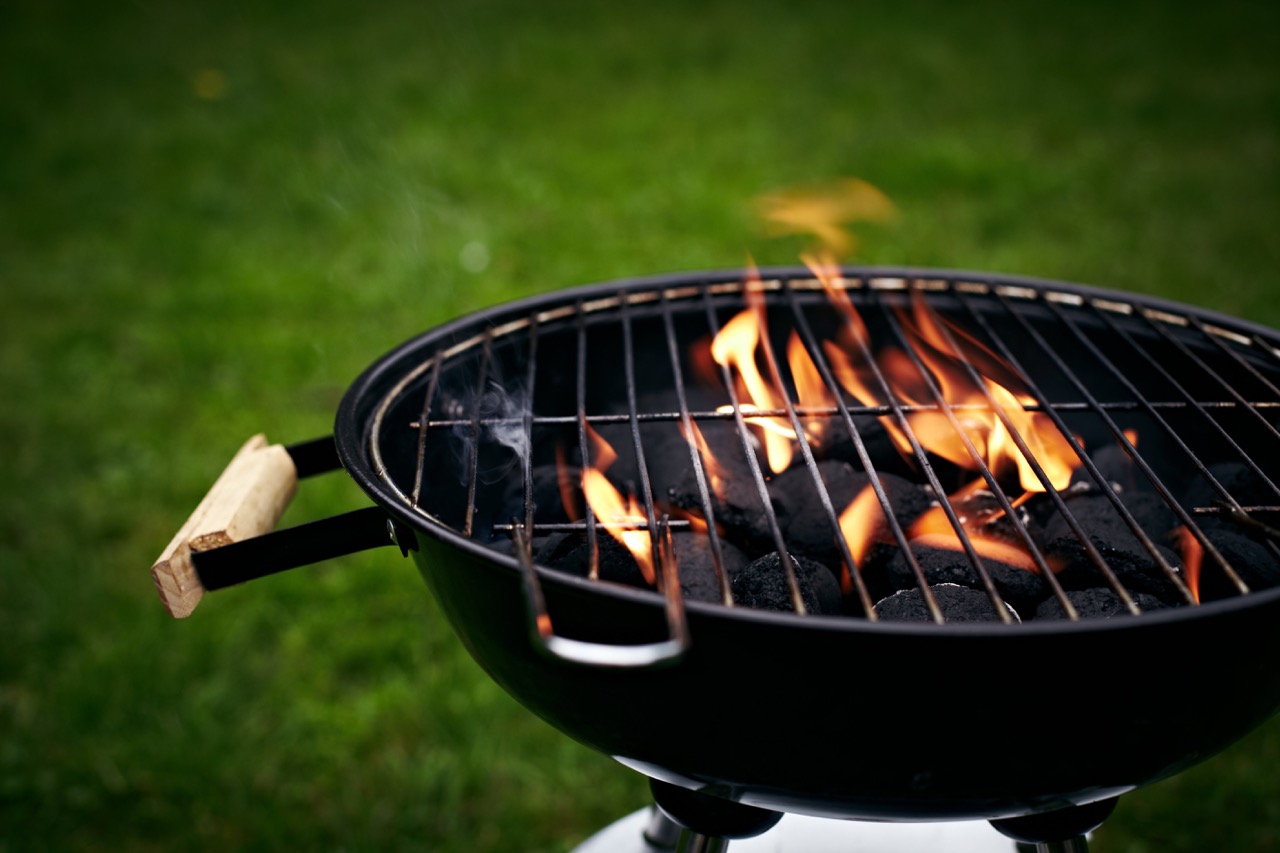
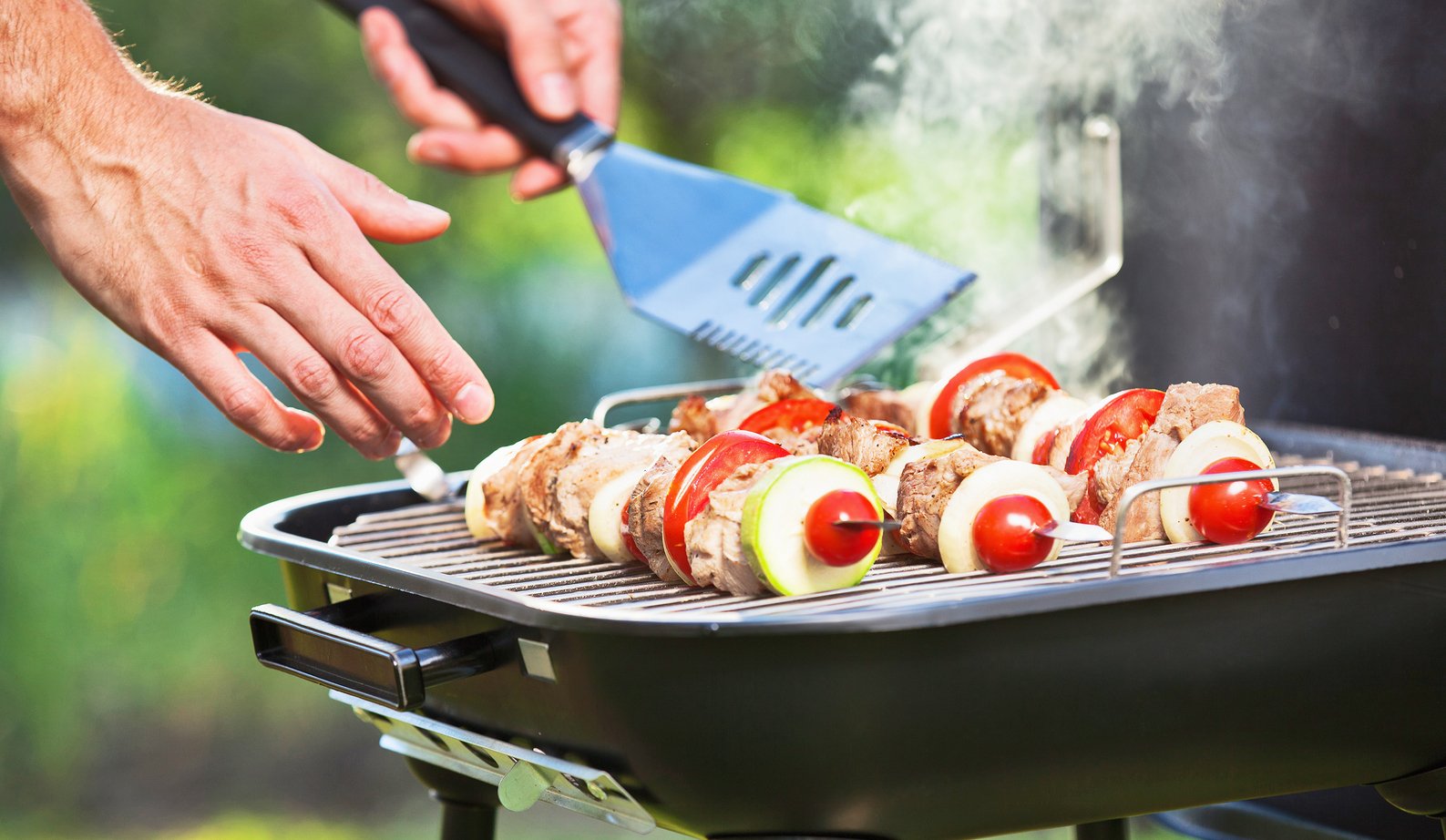

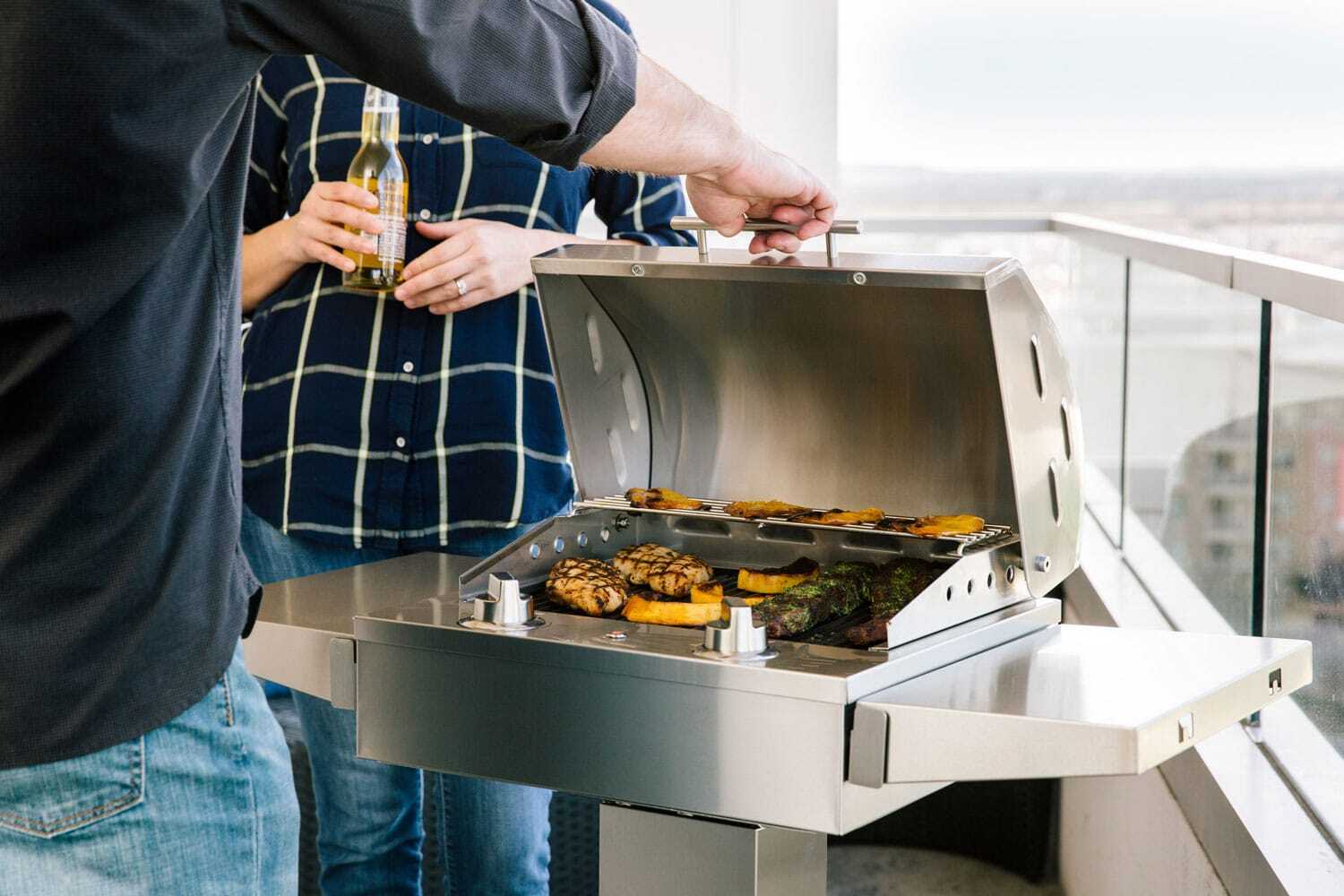
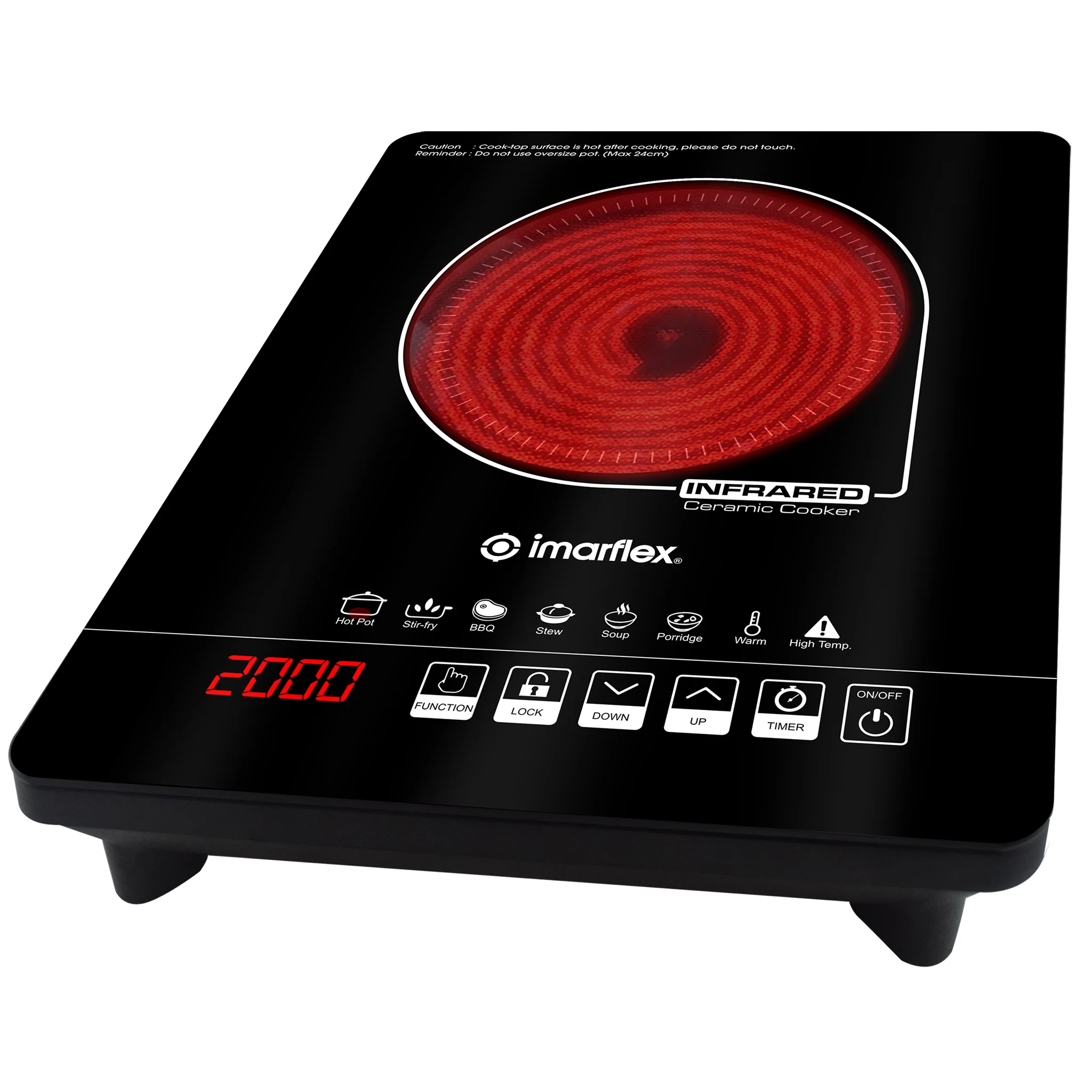
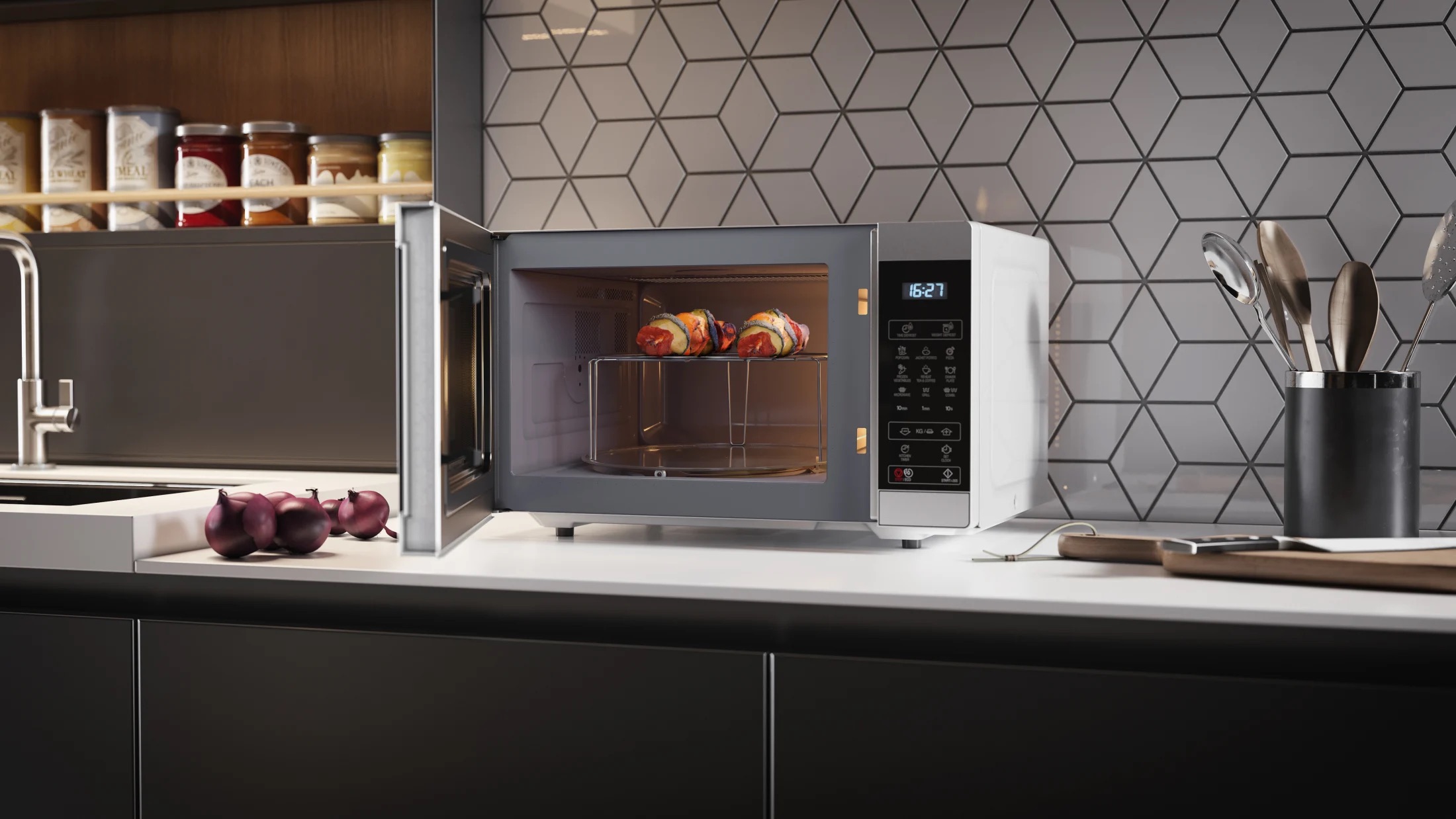
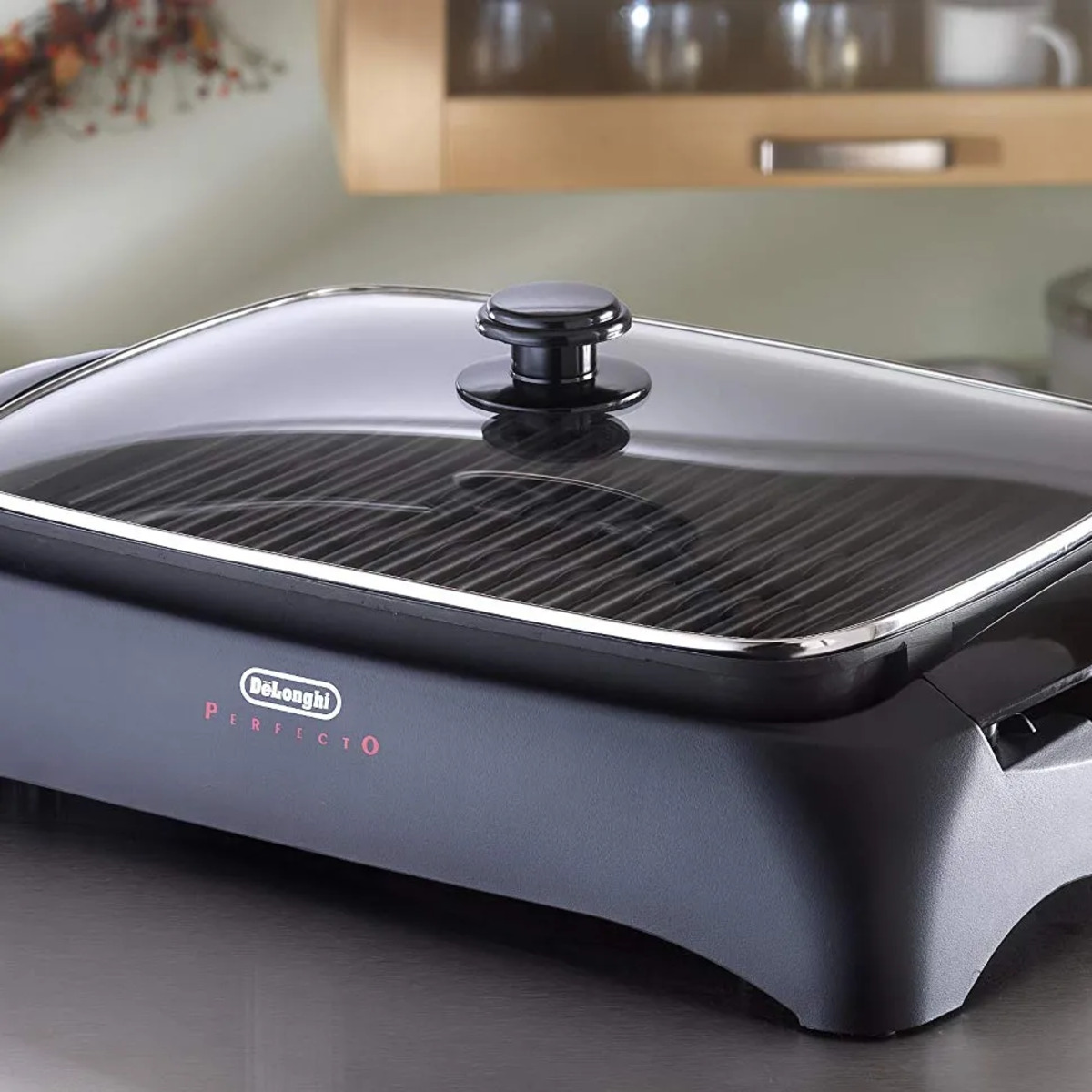
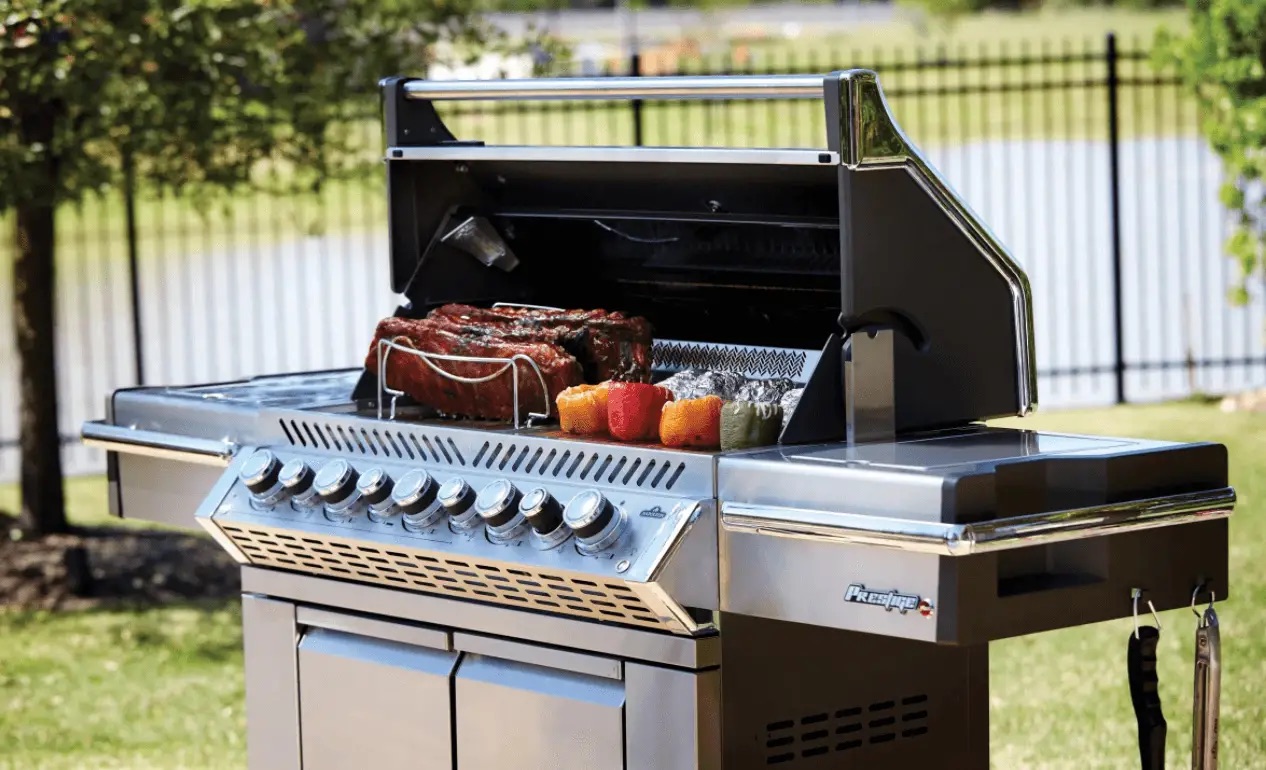
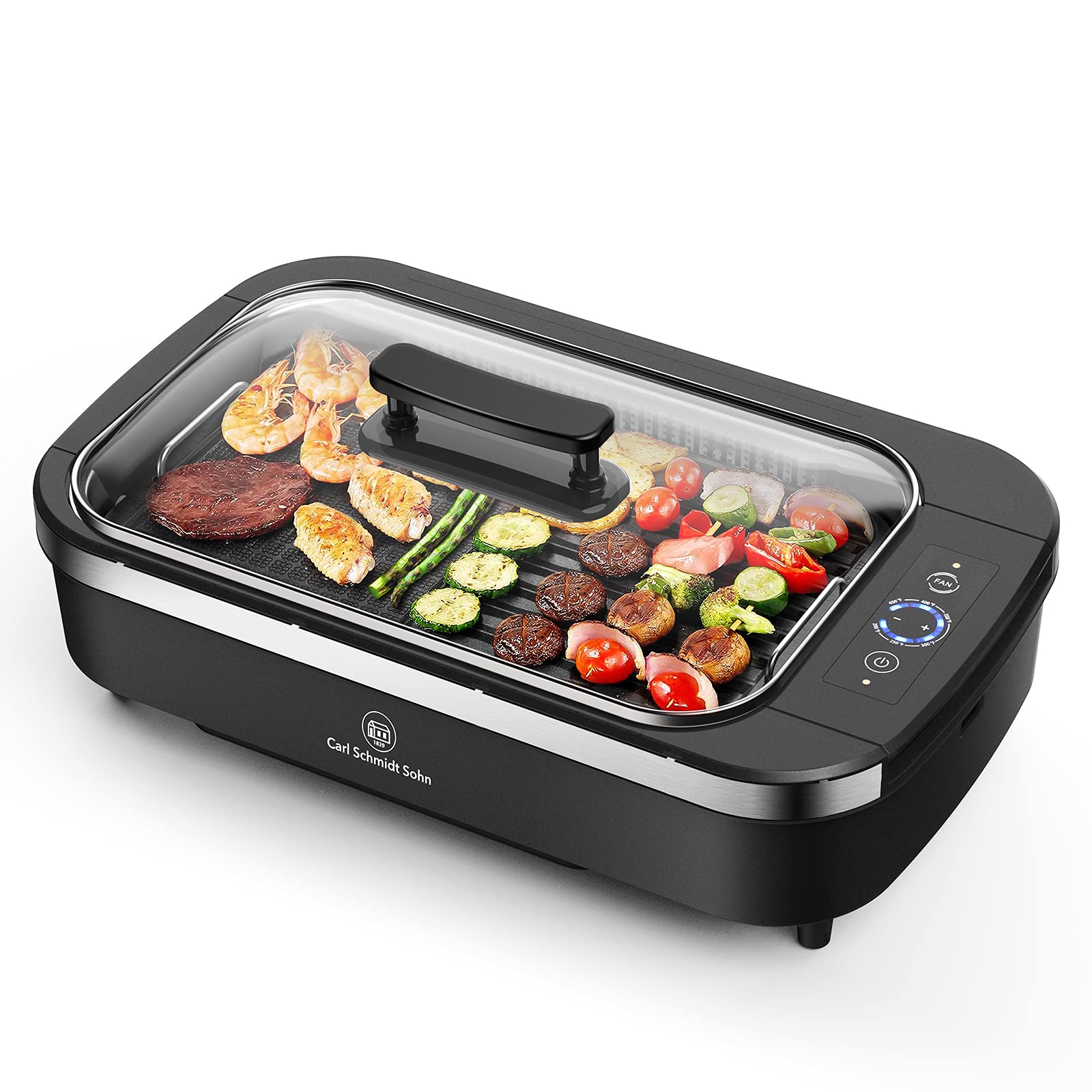

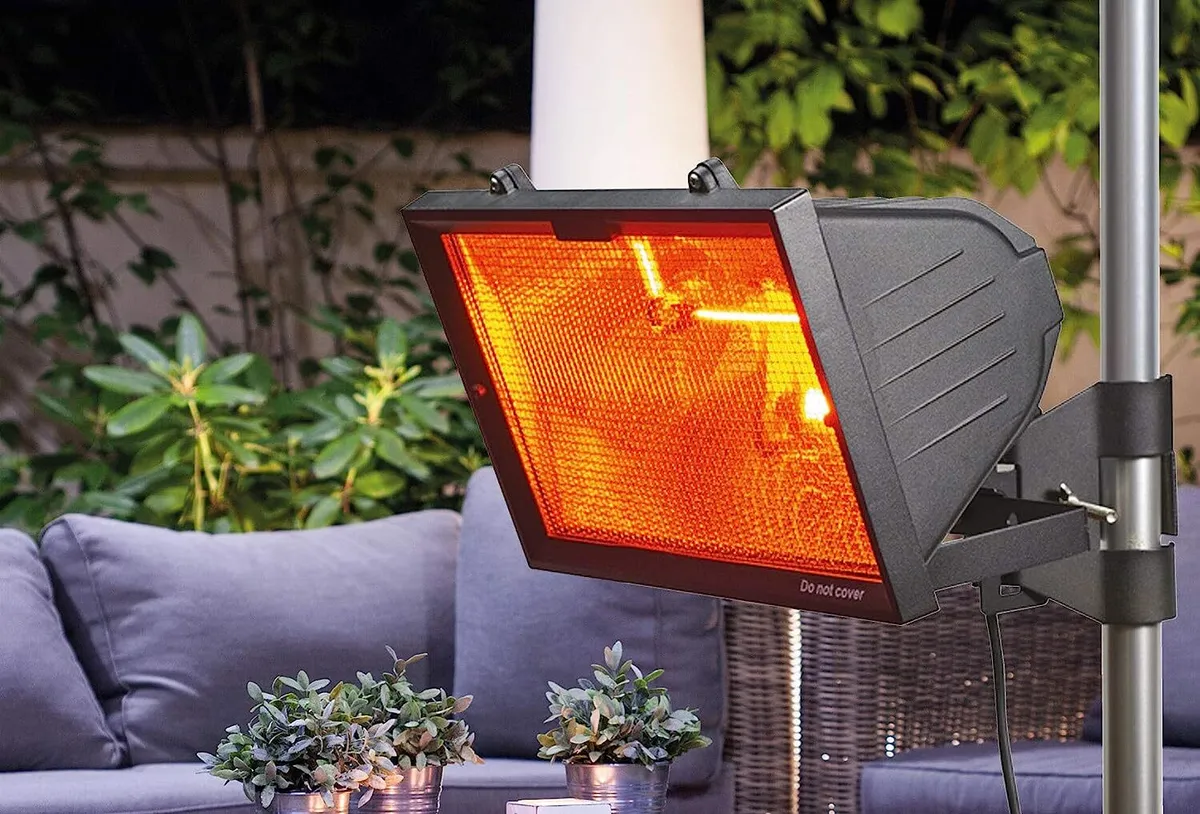
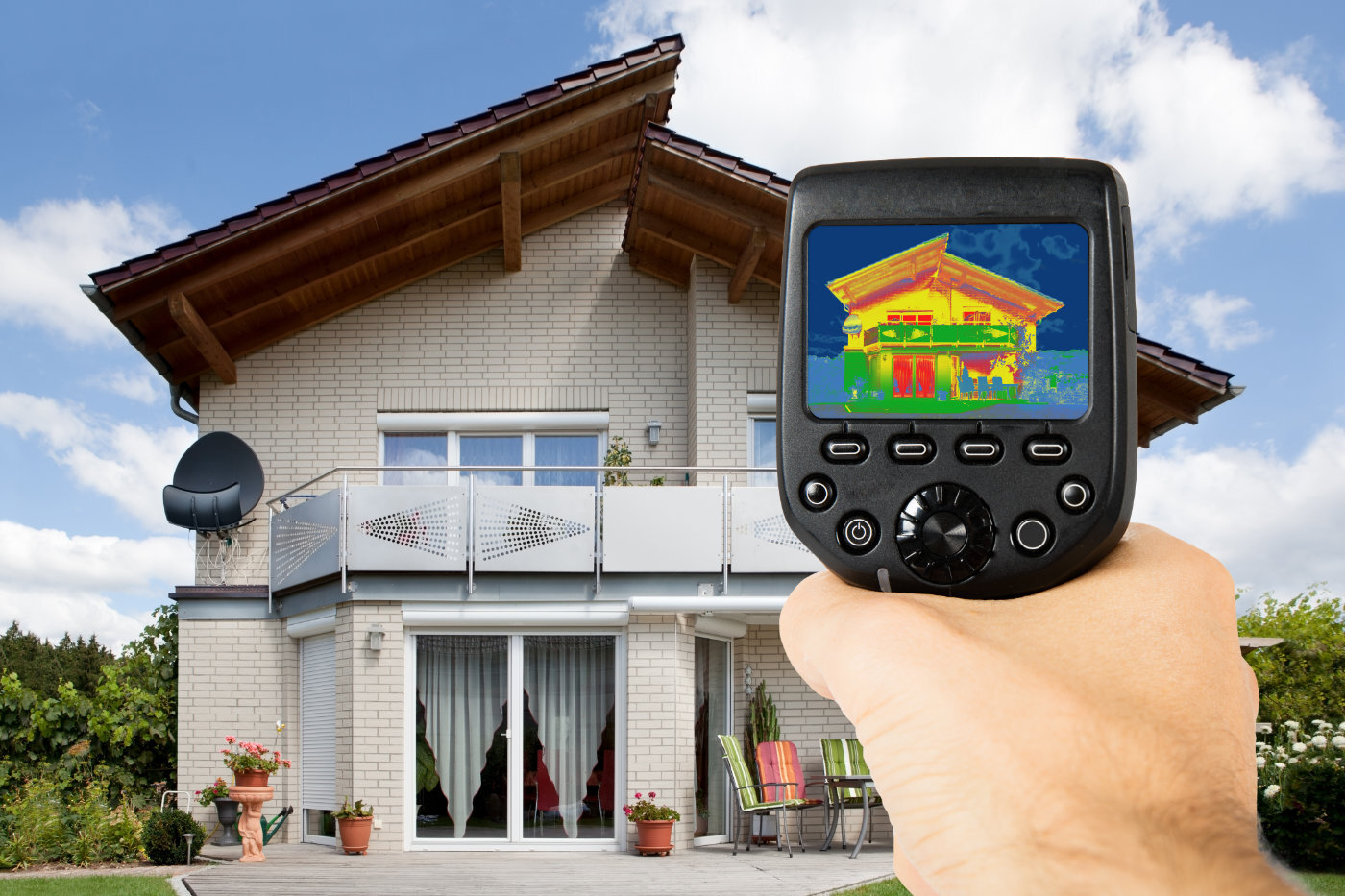


0 thoughts on “What Is Infrared Grill”